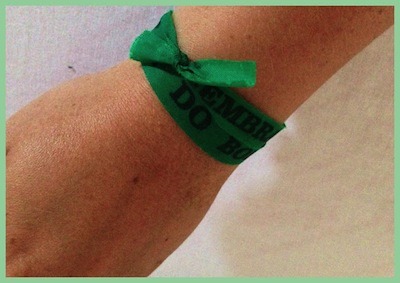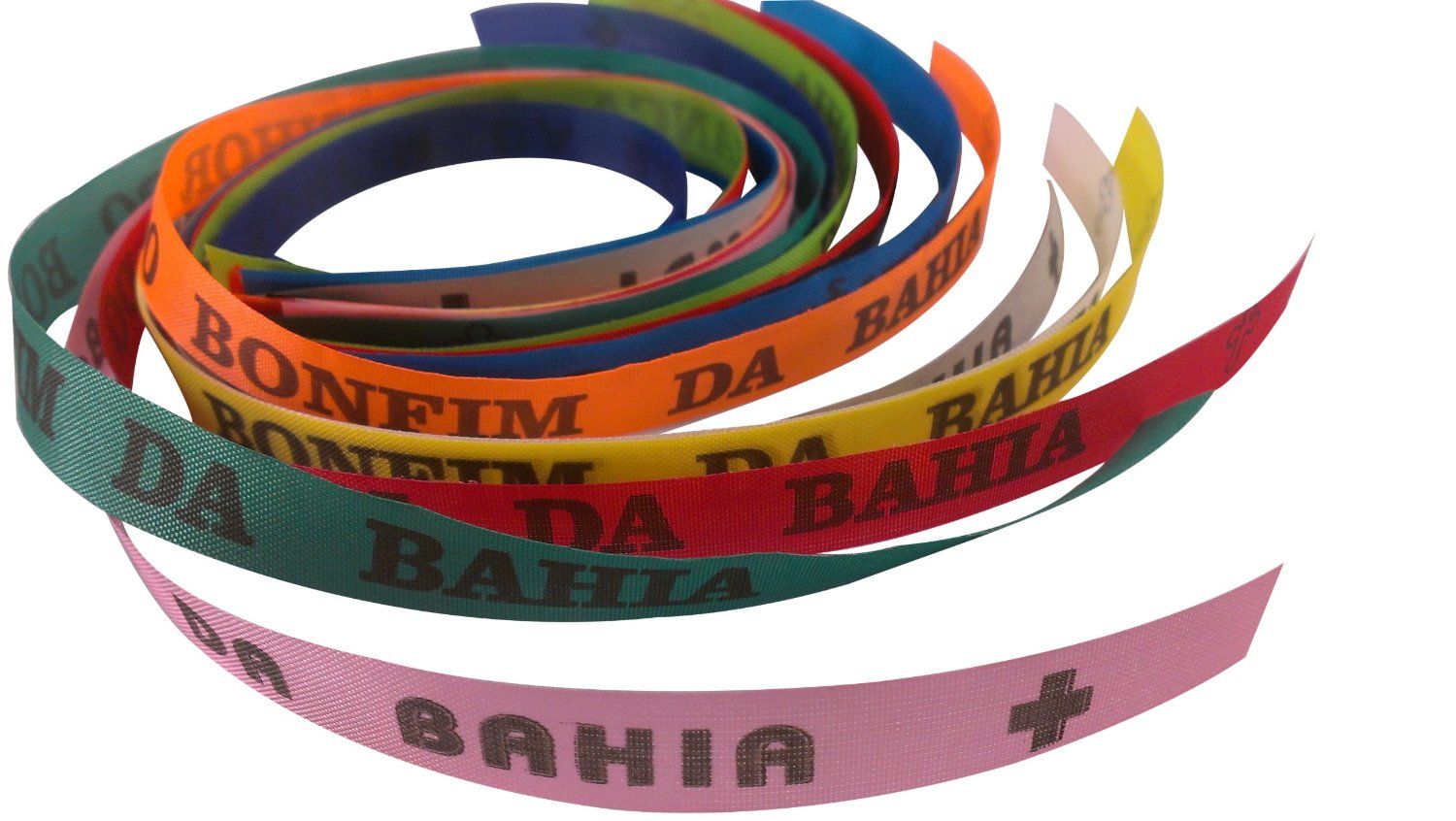Good luck charms have been a part of religion and culture for centuries, often becoming fashion statements or fads. Brazilian wish bracelets, known as Bahia Bands, have a rich history spanning over 200 years and have recently become more popular worldwide. Each band's color conveys a message or desire to bring the wearer good luck.
More...
Originally called fitas or Bonfim Ribbons, the Bahia Bands were silk ribbons with hand-written silver or ink writings. According to bahiaband.com, people wore them as necklaces decorated with medallions and holy images. It is unknown how the tradition of wearing Bahia Bands began. It is thought to have come from African beliefs that influenced Brazilian customs.
Today, Bahia Ribbons are worn mainly around the wrist or ankle or tied on a church gate. Some people tie them on hats, bags, and even in home decor as a good luck charm. Bahia bands are a symbol of faith and good fortune.
Bahia Bands Long History in Brazil
The influence of the African religion of Candomble, practiced by enslaved Africans in this part of Brazil, was expressed in these original ribbons. "Bonfirm Wish Ribbons first appeared at the Church of [Bonfirm in Bahia] in 1809 and were originally known as the "Measure of Bonfirm" because they were 47 centimeters long, exactly the length of the right arm of the statue of Jesus Christ displayed on the high altar of the church." The inscription on the Bahia Ribbon says," Lembrança do Senhor do Bonfim da Bahia," in remembrance of the savior of Bahia. Read more about the history of Condomble and Bonfirm Wish Ribbons at 2backpackers.com
Brazilian Bahia Bands Tradition
More important than where the ribbon is tied is how it is tied and how it comes off.

Each ribbon is wrapped and tied with three knots. As each knot is tied, the wearer makes a wish. Like the age-old tradition of tying a string around your finger to keep an idea from escaping, wearing a Bahia Band reminds you of your goals, wishes, and dreams. The Bahia Bands are to remain in place until they fall off. It is bad luck to cut off a wish bracelet; however, when they fall off on their own, it is said that the wearers' three wishes will come true.
Bahia Bands Color Meaning
Over time, colors became part of the wish ribbon tradition, and specific colors took on meaning.
Looking at many sites that sell Bahia Bands, I found that these are the most common meanings associated with each color.
- Red – strength, passion
- Orange – courage, energy, joy, enthusiasm
- Yellow – success, intelligence
- Dark Green – money, growth
- Green – life, renewal
- Turquoise – love, peace
- Light Blue – love and peace
- Dark Blue – health, comfort, fertility
- Purple – spirituality
- Hot Pink – friendship
- White – wisdom, inner peace
- Gray – patience, understanding
Princess Madeleine of Sweden wore a Bahia Band on her wedding day.
Princess Madeleine of Sweden, Duchess of Hälsingland, and Gästrikland kept her Bahia band and good luck intact on her wedding day. A bit of her green ribbon peeks out from under her gorgeous bracelet.

The green ribbon is not the first Bahia Band the princess has worn. Given her fairytale marriage and the recent birth of a beautiful baby, could her belief be so strong because her previous three wishes came true? I want to think so.
Bahia Bands Inspire Design of Match Ball for 2014 FIFA World Cup
The ribbons are so ingrained in the Brazilian culture that Adidas incorporated them into their design for the official match ball for the 2014 FIFA World Cup in Brazil.
Are you ready to ask for your three wishes? Buy Bahia Bands online.







It is cool!
🙂
This is very interesting! I’ve seen these bracelets, but never knew what they represented. The connection with color is great!
I enjoyed discovering their connection to color, too.
A lovely article ! I lived in Brazil many years ago and loved fitas de Bonfim. As suggested here, we never cut them off, always let them wear off (disintegrate in time, on their own), so our wishes would come true ! Thanks for sharing this 🙂
Thank you! It is good to know that it is better to let them wear away on their own. I hope all of your wishes come true!